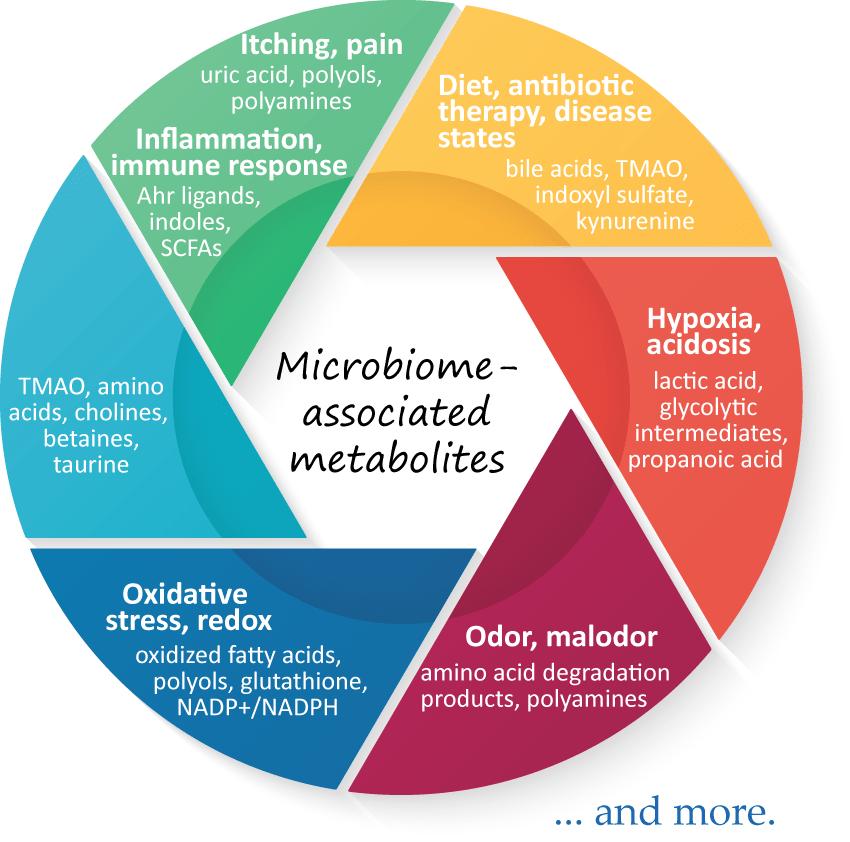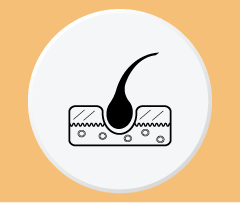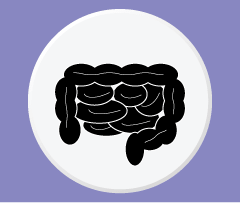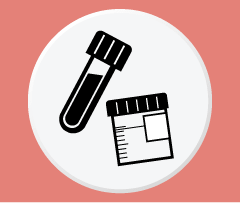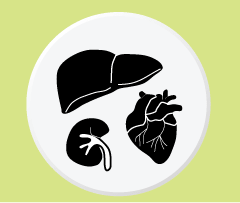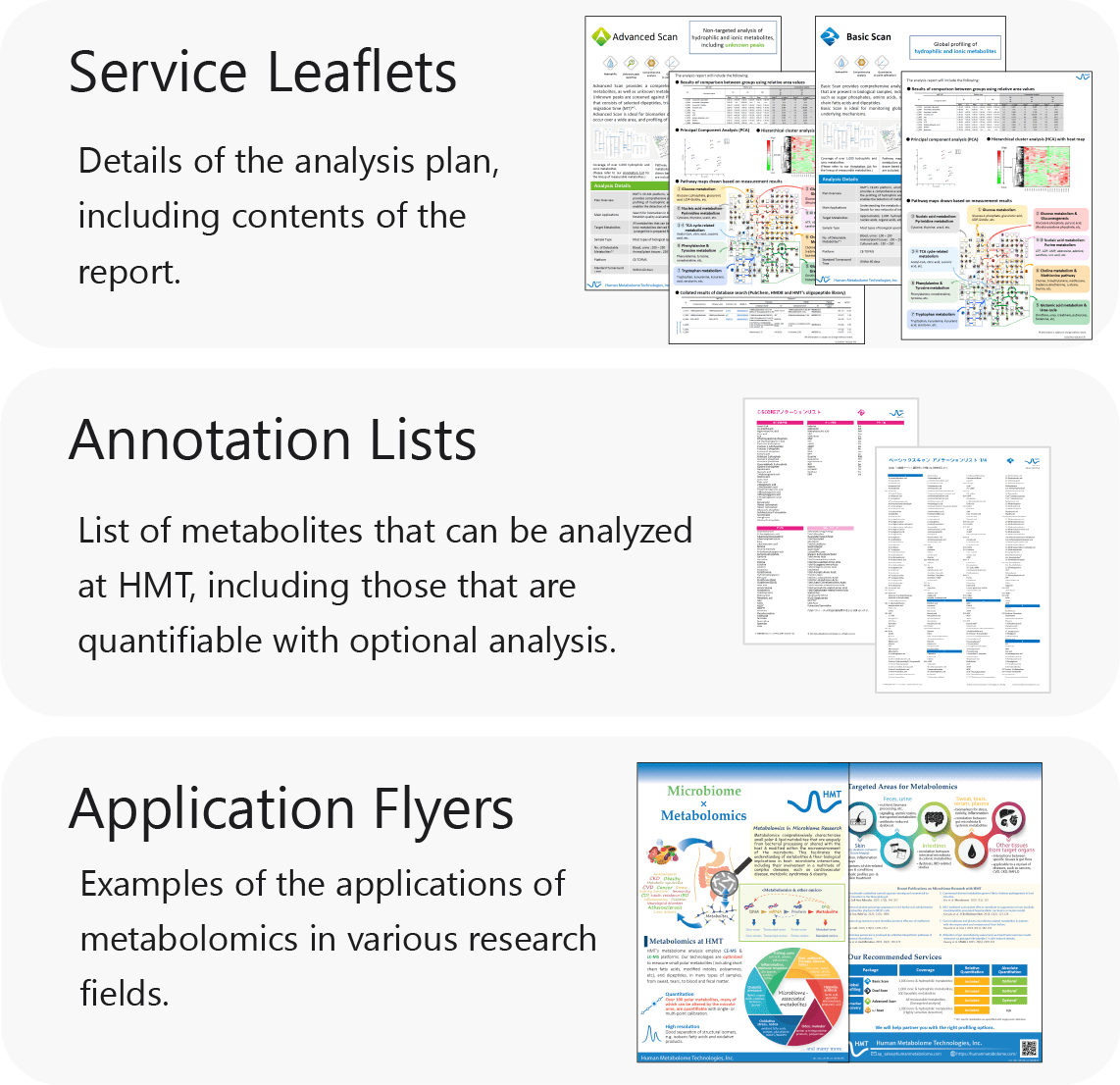Metabolomics comprehensively characterizes small polar and lipid metabolites that are uniquely from bacterial processing or shared with the host and modified within the microenvironment of the microbiota. This facilitates the understanding of metabolites and their biological implications in host-microbiota interactions, including their involvement in a multitude of complex diseases, such as cardiovascular disease, metabolic syndromes, and obesity. Furthermore, their involvement in various aspects of these diseases can provide more insights on how to improve current precision medicine approaches, including personalized dietary interventions.
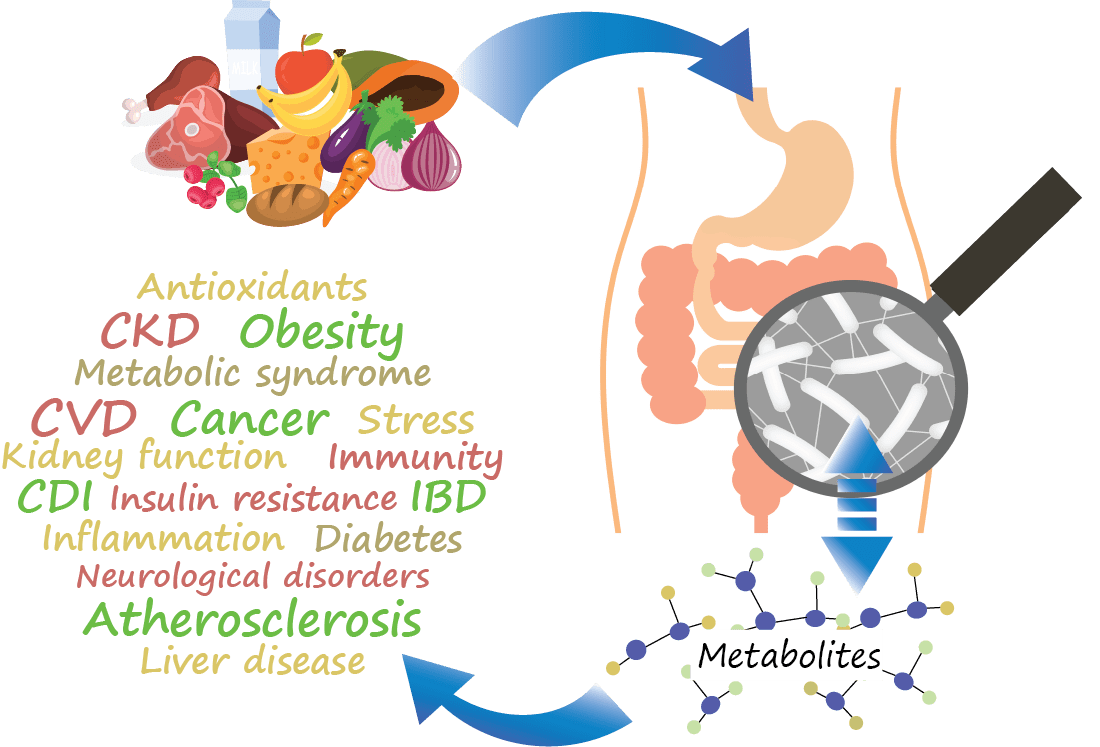
Metabolomics brings us closer to the phenotype of an individual, providing a direct readout of metabolic changes that occur in response to host-microbiota interactions.


